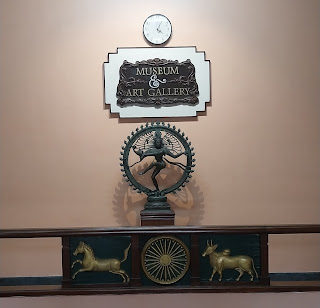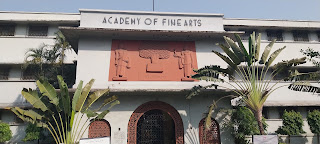The Museum of the Asiatic Society

Sir William Jones lay out the plan for a society to pursue Oriental studies on January 1784, and was formally founded in 1804 , then named as Asiatick Society. Later the name was changed to Royal Asiatic Society of Bengal and after independence it became the Asiatic Society of Bengal. Jones presided over the Society till his death in 1794. The activities include historical research, awarding historians and running an institute for postgraduate studies. The Asiatic Society building at Park Street comprises of five floors, the first and fifth floor is the library stack area, the second floor is the museum, and the third floor is used for administrative purposes while the fourth floor houses the library. Although conceived early as 1796, the Asiatic Society Museum was set up at the beginning of 1814 under the superintendence of Dr. Nathaniel Wallich . The first catalogue was published in 1849 and other descriptive catalogues of different sections started gradually. The Society propos


.jpg)